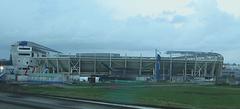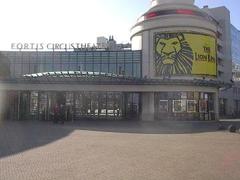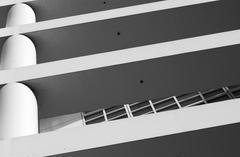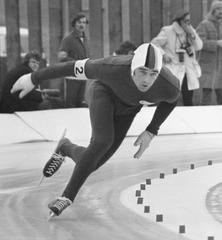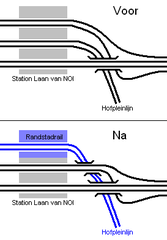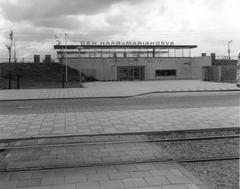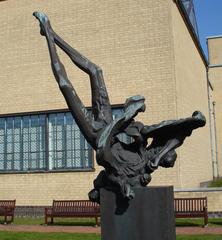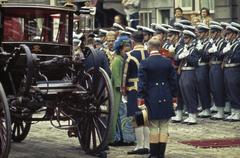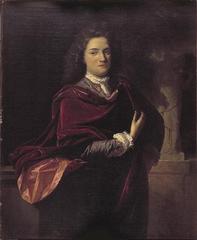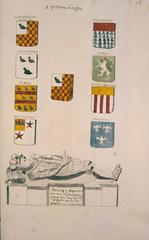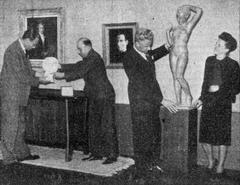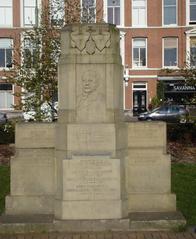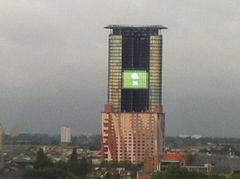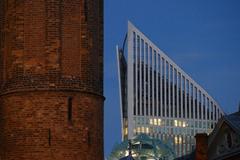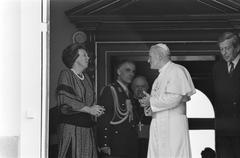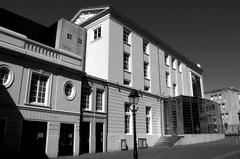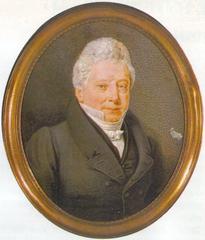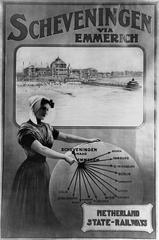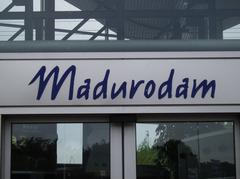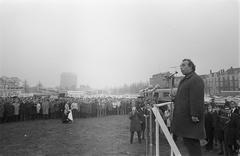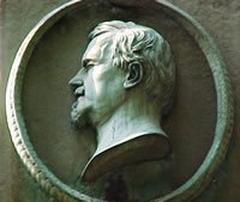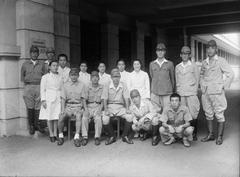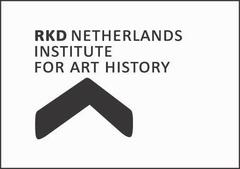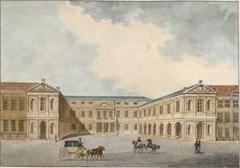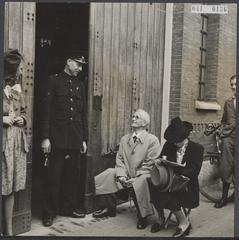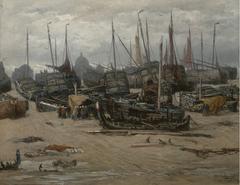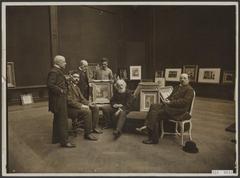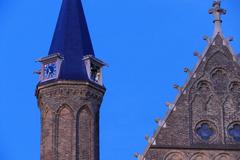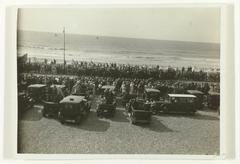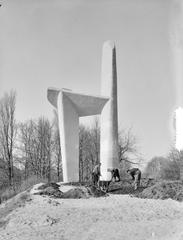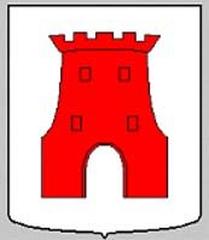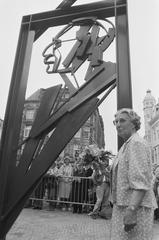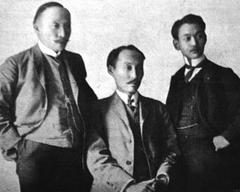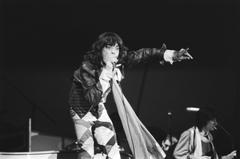
Visiting Passage The Hague, Netherlands: Tickets, Hours, and Historical Sites Guide
Date: 04/07/2025
Introduction: The Passage—A Living Monument in The Hague
Located in the bustling heart of The Hague, The Passage (De Passage) is the Netherlands’ oldest surviving covered shopping arcade and a masterpiece of urban heritage. Built between 1882 and 1885, The Passage was inspired by the grand Parisian arcades, notably Galerie Vivienne and Passage des Panoramas, and sought to bring European cosmopolitan flair to The Hague. Its striking neo-Renaissance architecture—marked by ornate façades, soaring glass roofs, and intricate ironwork—reflects the city’s ambitions during a time of rapid modernization and growing international stature (depassage.nl; denhaag.com).
Today, The Passage seamlessly fuses history, architecture, commerce, and culture. The 2014 expansion, Nieuwe Haagse Passage, designed by Bernard Tschumi Architects, further integrated modern design with traditional Dutch elements, reaffirming The Passage’s role as a vibrant bridge between past and present (metalocus.es). This guide provides a comprehensive overview of The Passage’s heritage, visitor information, and practical tips to help you make the most of your visit to one of the Netherlands’ most treasured urban landmarks.
Table of Contents
- Origins and Historical Context
- Architectural Design and Features
- Evolution and Expansion
- Cultural Significance
- Visitor Information: Hours, Tickets, and Accessibility
- Shopping, Dining, and Events
- Practical Tips and Nearby Attractions
- Frequently Asked Questions (FAQs)
- Summary and Planning Tools
- References
Origins and Historical Context
The Passage was conceived at the height of the 19th-century trend for covered shopping galleries, a response to the urbanization and modernization of The Hague. Designed by a consortium of local dignitaries, it aimed to provide a luxurious, weather-protected environment for high-class shopping, mirroring the aspirations of European capitals (depassage.nl). The arcade quickly became a fashionable destination for the city’s upper classes and remains a significant social and commercial hub.
Architectural Design and Features
Neo-Renaissance Grandeur
The original Passage (1882–1885) embodies neo-Renaissance style, with:
- Ornate façades and decorative stonework
- High, arched glass roofs that flood the arcade with natural light
- Intricate cast iron and wrought-iron balustrades
- Elegant shopfronts and pilasters that evoke Dutch Golden Age grandeur (depassage.nl)
The layout forms a central axis with side galleries, connecting key city streets and creating a network of passageways for effortless exploration.
The 2014 Expansion: Nieuwe Haagse Passage
Designed by Bernard Tschumi Architects, the expansion integrates modern elements:
- Delft Blue ceramic tiling on the façade, reflecting traditional Dutch craftsmanship
- Double-sided screen with ambient lighting on Grote Marktstraat
- Light, open design with spatial variety—differing ceiling heights, transparent glass roofs, and contemporary materials
- Connection with city fabric—linking the historic arcade to the vibrant Grote Marktstraat (metalocus.es)
Evolution and Expansion
From its inception, The Passage has adapted to changing times while retaining its core identity. Restoration projects throughout the 20th century preserved its historic character, and the Nieuwe Haagse Passage added hotel and retail space, ensuring The Passage remains a dynamic commercial and cultural venue (denhaag.com; metalocus.es).
Cultural Significance
As the only surviving example of its kind in the Netherlands, The Passage is a unique testament to urban history. It influenced similar projects across the country and symbolizes The Hague’s blend of tradition and modernity. Its continued vitality highlights the city’s commitment to heritage and innovation (denhaag.com; The Crowded Planet).
Visitor Information: Hours, Tickets, and Accessibility
- Opening Hours: Shops generally open 10:00–18:00 Monday–Saturday, with extended hours until 21:00 on Thursdays. Sunday opening is typically 12:00–17:00, but hours may vary during holidays (takethehague.nl).
- Entry: Free of charge; no tickets required.
- Accessibility: Step-free access, elevators in new sections, accessible toilets, and well-lit signage. Service animals welcome (Accessible The Hague).
- Location: Centrally situated between Spuistraat, Hofweg, and Buitenhof; a short walk from The Hague Central Station and accessible by multiple tram lines.
- Parking: Nearby garages (Q-Park Grote Markt, Q-Park Spui) and disabled parking spaces available (denhaag.com).
Shopping, Dining, and Events
Retail Highlights
With over 50 shops, The Passage features luxury boutiques, Dutch specialty stores, and leading international brands. Expect a blend of:
- Fashion, jewelry, cosmetics, books, tech, and unique Dutch gifts
- Exclusive stores such as Apple, Rituals, Douglas, and Siebel Juweliers
- Concept shops and independent retailers (boidr.nl)
Dining
Enjoy a diverse culinary selection:
- Cafés and patisseries for coffee and pastries
- Traditional Dutch and international cuisine
- Notable stops like Dungelmann’s deli counter for Hague specialties (boidr.nl)
Events and Culture
The Passage hosts:
- Seasonal markets and festive decorations, especially in December
- Art installations, exhibitions, and pop-up events during city festivals
- Occasional guided tours and cultural activities (depassage.nl)
Practical Tips and Nearby Attractions
- Best Time to Visit: Weekdays and mornings are quieter; late-night shopping on Thursdays and special events offer a lively atmosphere.
- Language: Dutch is official, but English is widely spoken and used in signage.
- Payments: Most shops accept credit/debit cards and contactless payments; some smaller boutiques may prefer cash or Maestro.
- Restrooms: Public and accessible restrooms are available within The Passage.
- Wi-Fi: Free Wi-Fi is offered in many shops and public areas.
- Security: CCTV and on-site personnel ensure visitor safety.
Nearby Attractions
- Binnenhof: Historic Dutch parliamentary complex
- Mauritshuis Museum: Masterpieces by Rembrandt and Vermeer
- Grote Marktstraat: The Hague’s main shopping street
- Peace Palace: International Court of Justice
- Hofvijver: Scenic city pond (The Hague facts; The Crowded Planet)
Frequently Asked Questions (FAQs)
Q: What are The Passage’s visiting hours?
A: Shops generally open 10:00–18:00 Monday–Saturday, extended to 21:00 on Thursdays. Sundays 12:00–17:00; hours may vary (takethehague.nl).
Q: Is there an entry fee?
A: No, entry is free.
Q: Is The Passage wheelchair accessible?
A: Yes, with step-free access, elevators, and accessible facilities (Accessible The Hague).
Q: Are guided tours available?
A: While no official tours are offered by The Passage, local operators often include it in city walking tours.
Q: Can I take photographs inside?
A: Yes, photography is welcome—capture the stunning glass roofs and historic details.
Summary and Planning Tools
The Passage in The Hague uniquely blends historic elegance with modern urban vibrancy. Visitors enjoy free access, rich shopping and dining options, thoughtful accessibility, and a calendar of cultural events in a fully covered, atmospheric setting. Its location in the city center makes it ideal for combining with nearby attractions, and digital tools like the Audiala app provide up-to-date guides and event information.
Plan your visit today and experience The Passage—where the past and present of The Hague meet in architectural splendor.
References
- depassage.nl
- denhaag.com
- metalocus.es
- takethehague.nl
- Accessible The Hague
- The Crowded Planet
- boidr.nl
- Travellino
- holidify.com
- wanderlog.com
- destinationabroad.co.uk
- The Hague facts
- Where to stay in The Hague




